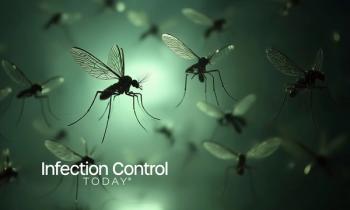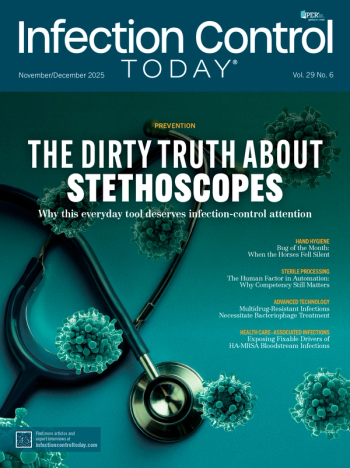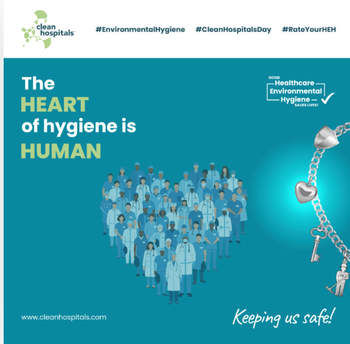
Hearing Loss in Children Leads to Substantial Meningitis Risk
Children who are stricken with severe hearing loss are five times more likely to contract meningitis, according to a new study published in the March 2007 edition of Otolaryngology-Head and Neck Surgery.
The study, conducted over a nine-year period, monitored 663,963 children born in Denmark between 1995 and 2004. It identified 39 children with both hearing loss and meningitis; of these children, five were first diagnosed with hearing loss, and later, meningitis. Statistically, the authors determined the likelihood of a child developing meningitis after losing their hearing is five times that of other children; their research indicates that factor could in fact be as high as 12 times that of other children.
The studys authors say their research provides evidence of an association of hearing loss and the onset of meningitis, providing physicians and parents with ample reason to be mindful of possible signs and symptoms of meningitis, and allowing for vaccination to be considered as a preventive step.
Previous research by the Centers for Disease Control and Prevention (CDC) determined that children who receive cochlear implants to counter hearing loss are more likely to develop meningitis. Worldwide, 90 of the 60,000 people receiving cochlear implant have been stricken with meningitis, drawing particular concern within the medical community.
Source: American Academy of Otolaryngology Head and Neck Surgery (AAOHNS)
Newsletter
Stay prepared and protected with Infection Control Today's newsletter, delivering essential updates, best practices, and expert insights for infection preventionists.





